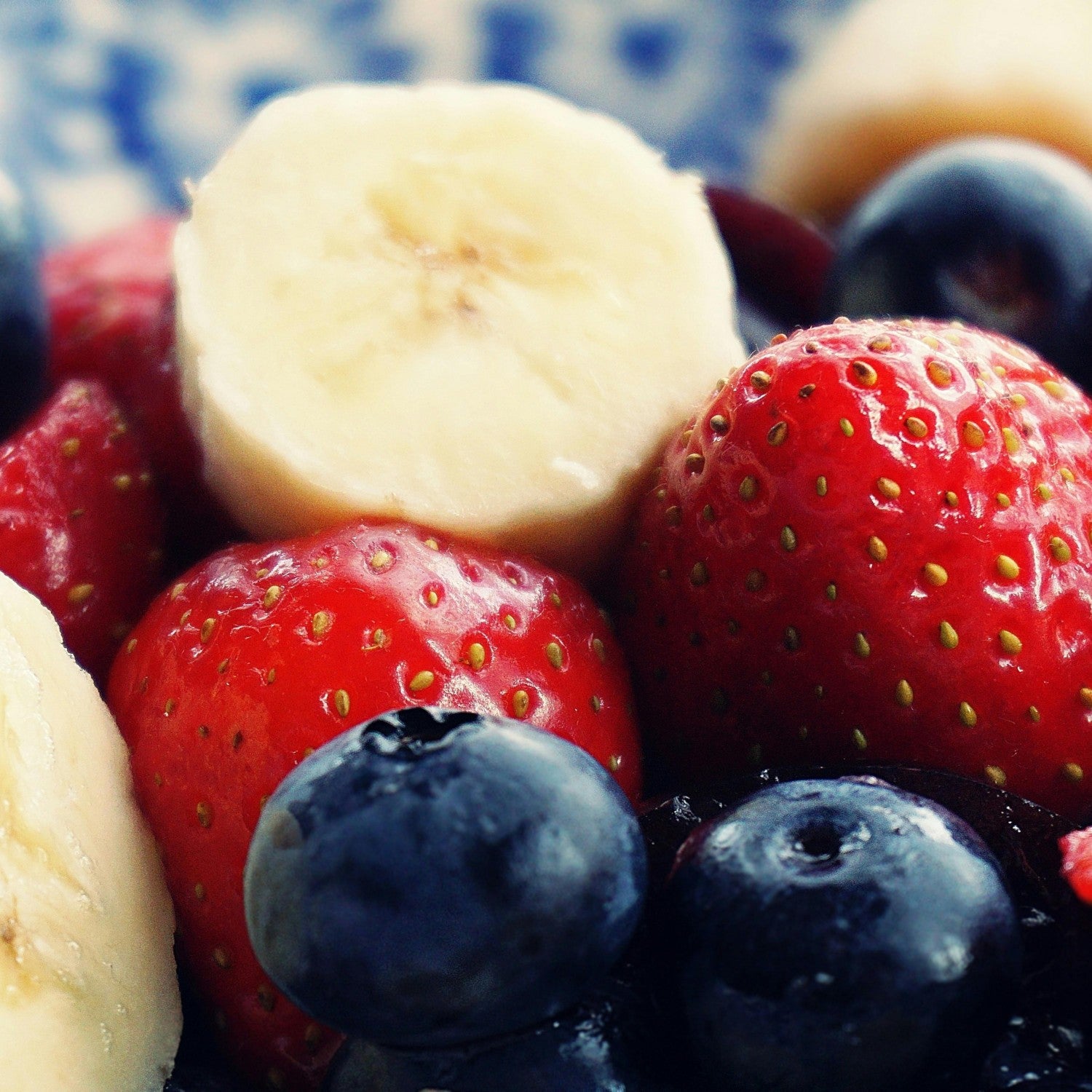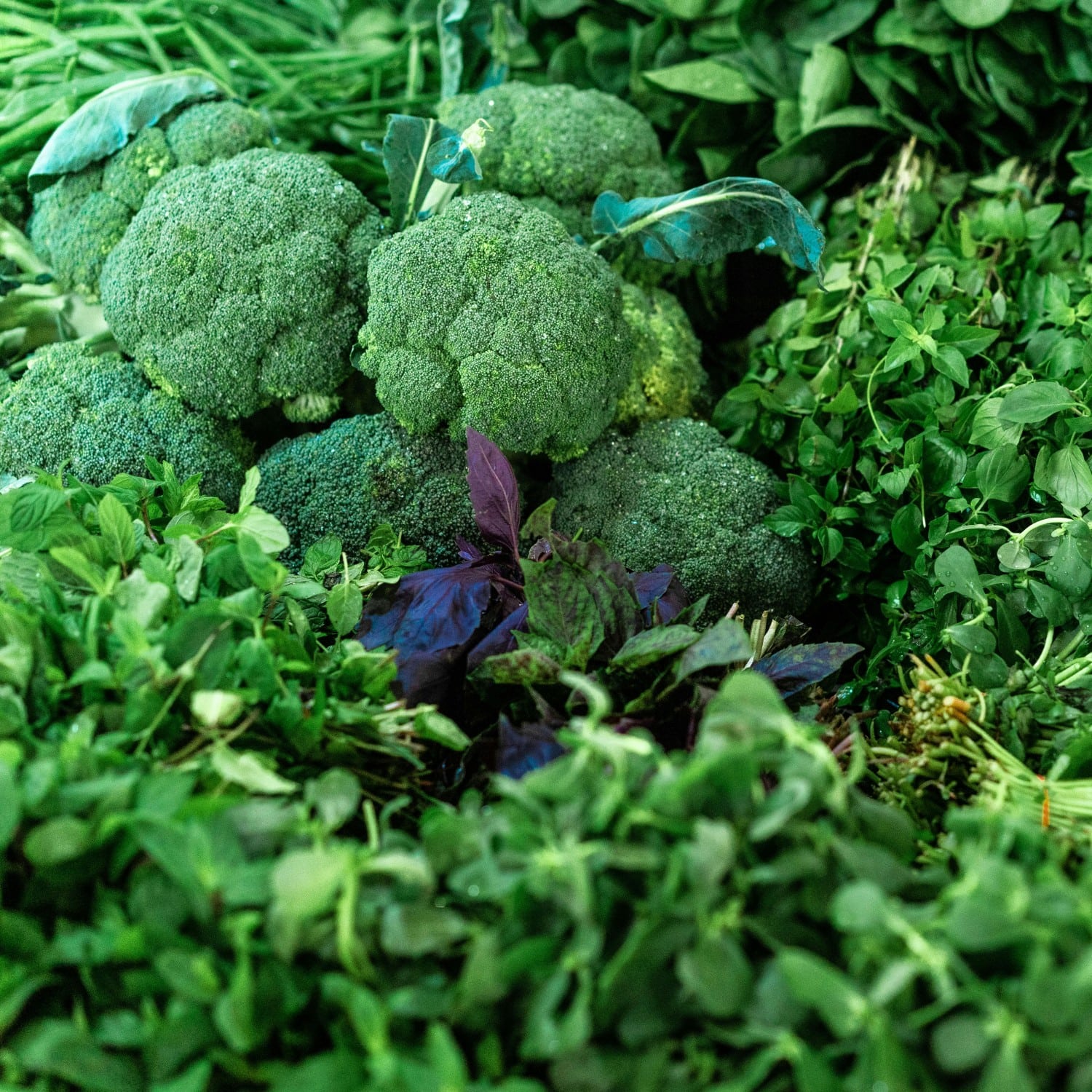Fruits and vegetables play a crucial role in lowering blood pressure due to their rich nutrient content, including fiber, vitamins, and minerals. These foods are low in sodium and unhealthy fats, promoting heart health and regulating blood pressure levels.
Additionally, fruits and vegetables contain antioxidants that protect blood vessels and reduce inflammation, contributing to lower high blood pressure. The potassium present in these foods helps balance sodium levels in the body, which is essential for managing high blood pressure.
Eating a diet rich in fruits and vegetables has been shown to have positive effects on lowering blood pressure.
Moreover, the nitric oxide in fruits and vegetables relaxes blood vessels, improving blood flow and lowering systolic and diastolic blood pressure. By including a variety of colorful fruits and vegetables in your diet, you can benefit from their combined effects in reducing the risk of hypertension and heart disease.
The nutrients present in these foods, such as potassium and fiber, help regulate blood pressure levels and promote heart health. Consuming a variety of fruits and vegetables can aid in reducing systolic and diastolic blood pressure, contributing to overall lower blood pressure readings.
Why Do Fruits and Vegetables Help Lower Blood Pressure?
Fruits and vegetables are essential for maintaining overall health and well-being. They are rich in vitamins, minerals, and antioxidants that play a crucial role in reducing high blood pressure. The fiber in fruits and vegetables helps in regulating blood pressure levels by promoting heart health and improving blood vessel function.
What Vitamins and Minerals Are in Green Fruits and Vegetables?
Additionally, these foods are low in sodium and unhealthy fats, which are known to contribute to hypertension. Consuming a diet high in fruits and vegetables can also help reduce inflammation in the body, which is beneficial for heart health.
Furthermore, fruits and vegetables contain compounds such as nitric oxide that support the relaxation of blood vessels, leading to lower systolic and diastolic blood pressure readings.
Fruits and vegetables are beneficial for lowering blood pressure due to several reasons:
- Rich in Potassium: Many fruits and vegetables, such as bananas, potatoes, spinach, and sweet potatoes, are high in potassium. Potassium helps balance sodium levels in the body, which is crucial for maintaining healthy blood pressure. High sodium intake is associated with high blood pressure, and potassium helps counteract its effects.
- Dietary Fiber: Fruits and vegetables are excellent sources of dietary fiber, which has been linked to lower blood pressure levels. Fiber helps regulate digestion and absorption of nutrients, including fats and sugars, which can influence blood pressure.
- Antioxidants: Fruits and vegetables are abundant in antioxidants, such as vitamin C, vitamin E, and various phytochemicals. These compounds help reduce inflammation and oxidative stress in the body, which are linked to hypertension and cardiovascular diseases.
- Low in Saturated Fat and Cholesterol: Fruits and vegetables are naturally low in saturated fat and cholesterol, making them heart-healthy choices. A diet low in saturated fat and cholesterol is beneficial for overall cardiovascular health and can help maintain normal blood pressure levels.
- Nitric Oxide: Some vegetables, particularly leafy greens like spinach and kale, are rich in nitrates. When consumed, nitrates can be converted into nitric oxide in the body, which helps relax blood vessels and improve blood flow, thus lowering blood pressure.
- Weight Management: Incorporating plenty of fruits and vegetables into the diet can help with weight management and weight loss. Maintaining a healthy weight is important for preventing and managing hypertension.
Overall, the combination of these factors makes fruits and vegetables an essential component of a balanced diet for promoting heart health and lowering blood pressure. It's recommended to consume a variety of colorful fruits and vegetables regularly to maximize the health benefits they offer.

Does Eating Fruits and Vegetables Lower Blood Pressure?
Yes, incorporating a diet rich in fruits and vegetables is associated with lower blood pressure levels. Eating a diet rich in fruits and vegetables has been shown to have a positive impact on lowering blood pressure levels.
The potassium content in fruits and vegetables is particularly beneficial in managing high blood pressure as it helps the body excrete excess sodium, reducing strain on the heart and blood vessels. Moreover, the fiber in these foods promotes a healthy gut microbiome, which is linked to lower blood pressure levels.
By incorporating a variety of fruits and vegetables into your daily meals, you can effectively help reduce blood pressure and improve heart health. Remember to choose whole, unprocessed options and limit intake of foods high in added sugars and unhealthy fats for optimal results.
Understanding the Impact of Potassium on Blood Pressure Levels
Potassium is a vital mineral that plays a key role in regulating blood pressure levels. It helps to counteract the effects of sodium, a known contributor to high blood pressure, by promoting the excretion of excess sodium through urine.
Potassium also supports proper muscle function, including the contraction and relaxation of blood vessels, which can help lower systolic and diastolic blood pressure readings. Fruits such as bananas, berries, and vegetables like leafy greens are excellent sources of potassium.
Incorporating potassium-rich foods into your diet can help manage high blood pressure and reduce the risk of heart disease. It is essential to maintain a balance of potassium and sodium intake for healthy blood pressure levels.
Be sure to include a variety of potassium-rich fruits and vegetables in your meals along with other nutrient-dense foods for overall heart health.
The Role of Diet in Managing Blood Pressure
Diet plays a significant role in managing blood pressure and overall heart health. The benefits of vitamins and minerals in fruits and vegetables contribute to overall health and well-being, supporting essential bodily functions and promoting optimal nutrition.
- Consuming a healthy diet rich in fruits, vegetables, whole grains, and lean proteins can help regulate blood pressure levels and reduce the risk of heart disease.
- Limiting the intake of added sugars, saturated fats, and processed foods is crucial for maintaining healthy blood pressure readings.
- Focusing on foods that are low in sodium and high in potassium, such as fruits and vegetables, can have a positive impact on blood pressure.
- Additionally, incorporating omega-3 fatty acids from sources like fatty fish, flaxseeds, and walnuts can help support heart health and manage high blood pressure.
By following a balanced and nutritious diet, you can effectively lower your blood pressure and reduce the risk of hypertension-related complications.
What Fruits and Vegetables Are Good to Lower Blood Pressure?
When it comes to lowering blood pressure, certain fruits and vegetables stand out for their beneficial properties. Berries such as blueberries, strawberries, and raspberries are rich in antioxidants and fiber, which can help reduce inflammation and improve heart health.
Leafy greens like spinach, kale, and collard greens are excellent sources of potassium, magnesium, and other nutrients that support healthy blood pressure levels.
Other fruits and vegetables that are good for lowering blood pressure include citrus fruits like oranges and grapefruits, which are high in vitamin C and fiber. Avocados are another heart-healthy option due to their content of monounsaturated fatty acids, which can help lower high blood pressure.
Why Do We Need to Eat More Fruits and Vegetables?
Several fruits and vegetables are particularly beneficial for lowering blood pressure due to their rich nutrient content. Here are some examples:
- Berries (e.g., blueberries, strawberries, raspberries): Berries are packed with antioxidants, including flavonoids, which contribute to cardiovascular health and may help lower blood pressure.
- Bananas: High in potassium, bananas help balance sodium levels in the body, which is essential for maintaining healthy blood pressure.
- Leafy Greens (e.g., spinach, kale, Swiss chard): These vegetables are excellent sources of potassium, magnesium, and nitrates, contributing to blood pressure regulation and improved vascular function.
- Beets: Beets are rich in nitrates, which can be converted into nitric oxide in the body. Nitric oxide helps relax blood vessels and improve blood flow, leading to lower blood pressure.
- Celery: Celery contains compounds that may help relax blood vessels and lower blood pressure. It is also low in calories and a good source of potassium.
- Garlic: Garlic has been associated with lower blood pressure levels and may have mild antihypertensive effects.
- Avocado: Avocados are rich in potassium, healthy monounsaturated fats, and fiber, all of which contribute to heart health and blood pressure regulation.
- Oranges and Citrus Fruits: These fruits are high in vitamin C and contain flavonoids, contributing to lower blood pressure and overall cardiovascular health.
- Sweet Potatoes: Rich in potassium and dietary fiber, sweet potatoes are a nutritious option for supporting blood pressure regulation.
- Bell Peppers: Bell peppers are high in vitamin C and antioxidants, contributing to the maintenance of healthy blood pressure levels.
Incorporating a variety of these fruits and vegetables into your diet can provide a range of nutrients that support cardiovascular health and help manage blood pressure.
It's important to maintain a balanced diet, limit sodium intake, and adopt an overall healthy lifestyle for optimal blood pressure management.

How to Lower Blood Pressure With Fruits and Vegetables?
Lowering blood pressure with fruits and vegetables involves incorporating them into a balanced and nutritious diet while making other healthy lifestyle choices.
Here are some tips on how to use fruits and vegetables to help lower blood pressure:
- Eat a Variety of Fruits and Vegetables: Aim to include a colorful variety of fruits and vegetables in your meals and snacks. Different fruits and vegetables offer a diverse array of nutrients and antioxidants that contribute to overall cardiovascular health.
- Focus on Whole Foods: Choose whole fruits and vegetables over processed or canned options whenever possible. Fresh, frozen, or lightly cooked vegetables retain more nutrients compared to heavily processed or overcooked varieties.
- Consume Potassium-Rich Foods: Incorporate potassium-rich fruits and vegetables such as bananas, oranges, spinach, sweet potatoes, and avocados into your diet. Potassium helps regulate blood pressure by counteracting the effects of sodium in the body.
- Increase Dietary Fiber Intake: Choose high-fiber fruits and vegetables like berries, apples, pears, broccoli, and Brussels sprouts. Dietary fiber helps promote digestive health, regulate blood sugar levels, and support cardiovascular health.
- Limit Sodium Intake: Be mindful of your sodium intake by reducing the consumption of processed and packaged foods, which often contain high levels of sodium. Instead, flavor your meals with herbs, spices, and citrus juices to enhance taste without adding extra salt.
- Choose Nitrate-Rich Foods: Include nitrate-rich vegetables like spinach, kale, arugula, and beets in your diet. Nitrates can help improve blood vessel function and lower blood pressure by promoting the production of nitric oxide.
- Incorporate Garlic and Herbs: Garlic has been associated with modest reductions in blood pressure. Add fresh garlic to your meals or incorporate garlic powder into your cooking. Additionally, herbs like basil, oregano, and parsley can enhance flavor without adding extra salt.
- Snack Wisely: Choose fruits and vegetables as healthy snack options throughout the day. Keep cut-up vegetables like carrots, cucumber, and bell peppers readily available for quick and nutritious snacks.
- Experiment with Recipes: Explore new recipes that feature fruits and vegetables as main ingredients. Try incorporating fruits into salads, smoothies, and yogurt parfaits, and experiment with different cooking methods for vegetables such as roasting, steaming, or grilling.
- Stay Hydrated: Drink plenty of water throughout the day, as adequate hydration supports overall cardiovascular health and helps regulate blood pressure.
By incorporating these strategies into your daily routine and focusing on a diet rich in fruits and vegetables, you can help lower blood pressure and promote overall heart health.
How Much Fruit and Vegetables Should You Eat Per Day?
It's also important to maintain a healthy weight, engage in regular physical activity, manage stress, and avoid smoking to further support blood pressure management and overall well-being.

